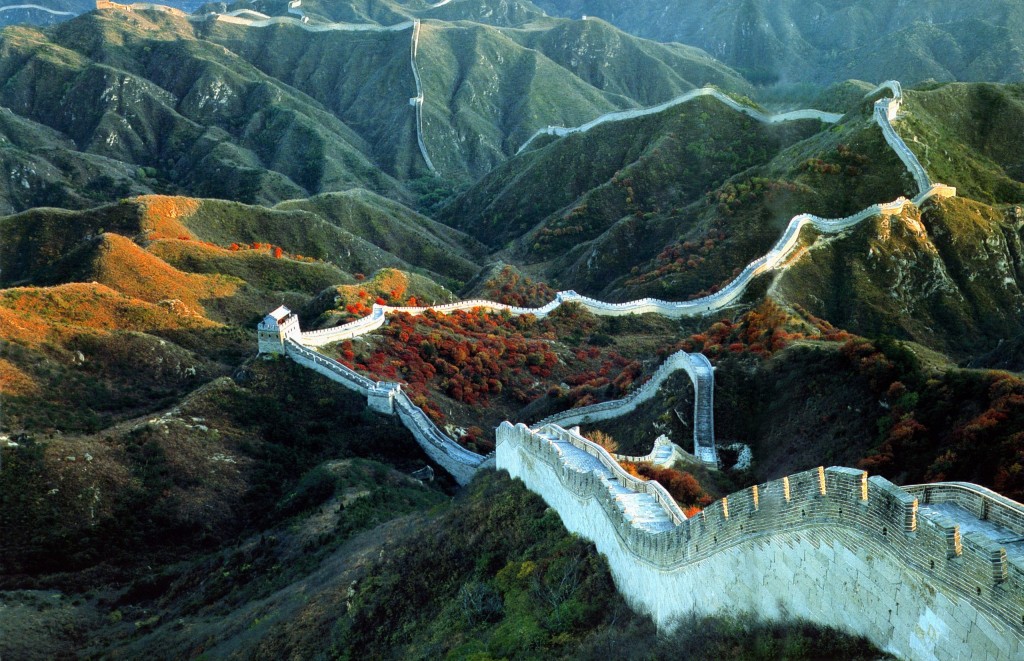In you, Lord, I have taken refuge; let me never be put to shame; deliver me in your righteousness.
Turn your ear to me, come quickly to my rescue; be my rock of refuge, a strong fortress to save me.
Since you are my rock and my fortress, for the sake of your name lead and guide me.
Free me from the trap that is set for me, for you are my refuge.
Into your hands I commit my spirit; deliver me, Lord, my faithful God.
Psalm 31: 1-5
For a designer, walls are important elements. They have been the most used (and at times abused) of the choices we have to create form, and for millennia, they were the most utilized option for defining a space. Over time, wall building materials have varied, but beginning with natural stone habitats such as caves, stone in all its derivations has been a material in constant use since before oral or written histories chronicled cultural achievements. Intrinsic to the human experience, it is this terra firma upon which civilizations construct. Shaped, molded, carved or crushed, the plasticity of stone enabled the building process to achieve a qualifying richness, as it aspired to express a civilization’s control over the vagaries of an unpredictable environment.
Walls serve multiple purposes. At the most fundamental, they provide security, a form of protection from predators or nature’s elements. Walls can also define possession and therefore, power – what’s within the walls is mine, what is without is up for grabs. They either direct movement, as in a corridor or on a path, or restrain it, as in a bulwark or stone fence. Some walls accomplish both at once. The Great Wall of China allows for movement along the perimeter, while at the same time keeping invaders out. Hadrian’s wall, dividing Roman Britannia from tribes living to the north, epitomizes the quintessential wall, by achieving the ability to monitor and, if necessary, restrict access, while at the same time informing all of Rome’s prowess.
Although not a wall in the traditional sense, stone pillars marked the exact boundaries of states or nations, whether settled by a joint commission or a conqueror’s fiat, indicating a transparent boundary of ownership. Even though this tradition began in an older time, in a more primitive age, such landmarks still appear along borders of the great divisions of Europe, as well as, on the lines of several states in the US. Ancient communities throughout the world considered boundaries so important they employed a harsh, but effective, means to insure the pubescent members of the tribe would know and remember the extent of the land under their possession. On a day of significance, the elders took the boys to each boundary pillar and whipped them. The tradition lives today in a modified form, as we endure a spanking for each year on our birthday, signifying the movement from one year’s boundary to the next.
I’m sure you are not surprised if I say that I really enjoy sermons that use elements of architecture as a guiding metaphor for interpretation of scripture. As God is the first architect, he models the truth that the same principals and elements used to create structure can also aid in our own spiritual development. God calls us to be bound within his Word, to follow His laws in all things, creating a wall between our humanity and sin. He marks our covenant with Him as a stone pillar, a pledge of the stability of His love. But God also broke down the “walls” that separated us when he joined with the human race through the birth of our Savior, Jesus Christ. A new boundary, a new border defined man’s existence within God’s grace.
So it seems God provides for both the establishment and the breaking of walls or boundaries. How can that be?
In 1975, Jay Appleton, a geographer by profession, proposed that humans prefer an environment where they can see long distances, but also have the ability to hide from others. Called prospect-refuge, the theory describes our primal need to be able to see long distances while at the same time feel protected. Dwelling caves that sit atop hills overlooking an open setting or treetops where one can see above the canopy were the preferred environments of our ancestors. Psychologists have added further terms to enhance the definition. Prospect becomes opportunity and refuge becomes safety. In our contemporary environment, we tend to make similar choices, looking for opportunities, while ensuring safety. Have you ever met someone who will only sit in a public space such as a restaurant, with their back to a wall, preferably looking at the door? Do you put your bed up against a wall, instead of in the middle of the room? Do you enjoy relaxing in a window seat or on your balcony? Do you find harmony when you reward a steep climb by sitting with a rock to your back and a momentous view in front? According to this theory, you are making the same choices your ancestors made before you and for the same reasons.
I am in constant awe of how I can see God’s hand in every aspect of the world that surrounds me. Even though he crossed the border of my corporeal being by taking human form in his Son, Jesus Christ, God still provides a boundary not to his love and grace, which is boundless, but by setting my feet upon a path of righteousness within his moral boundaries. While I am safe within the refuge of his love, I am free, I have the prospect to become all I am intended to be.


